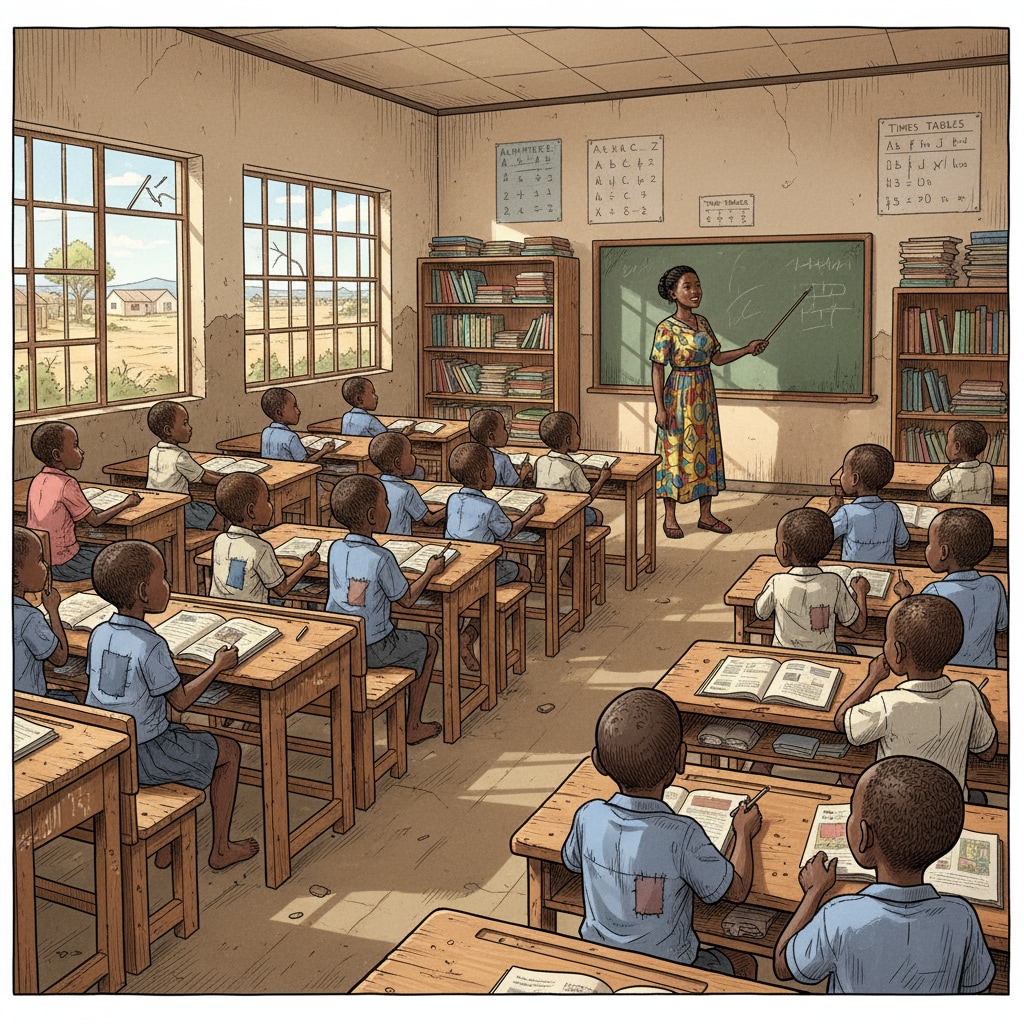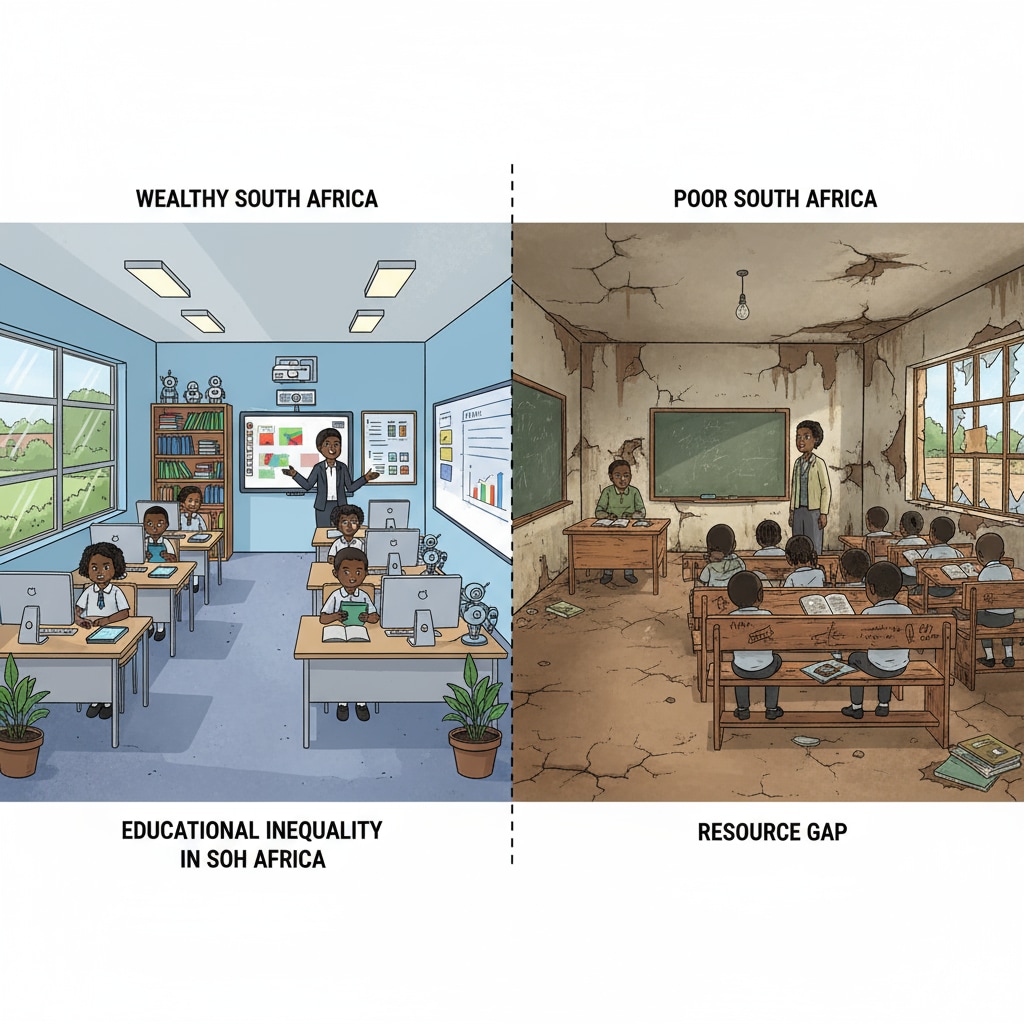Educational inequality, resource allocation, and curriculum reform are the key issues plaguing South Africa’s education system. The system, to a large extent, mirrors the profound wealth gap in society. From the distribution of resources to curriculum design, teacher treatment, and access to higher education, it is privilege – oriented rather than based on the principle of fairness.

For instance, schools in wealthy areas often have state – of – the – art facilities, while those in poor communities struggle with basic amenities. This disparity in resource allocation is a major contributor to educational inequality.
The Resource Allocation Dilemma
The uneven distribution of resources is a fundamental problem in South Africa’s education system. Wealthy schools can afford well – trained teachers, modern teaching materials, and advanced technology. In contrast, schools in disadvantaged areas lack these basic necessities. According to Wikipedia’s entry on Education in South Africa, many rural schools have a shortage of textbooks, and the infrastructure is in a state of disrepair. This lack of resources not only affects students’ learning but also demotivates teachers. As a result, students from poor backgrounds are at a significant disadvantage from the very start of their educational journey.

Curriculum Design and Its Impact
Curriculum reform is another crucial aspect. The current curriculum in South Africa often fails to meet the diverse needs of its students. It is often designed with a one – size – fits – all approach, neglecting the different cultural, social, and economic backgrounds of learners. For example, the curriculum may not adequately incorporate local knowledge and skills, which are essential for students in rural and disadvantaged areas. This means that students from these areas may find it difficult to relate to the curriculum content. As Britannica’s article on Education in South Africa points out, a more inclusive curriculum that takes into account the local context is needed to bridge the educational gap.
Teacher treatment also plays a significant role in educational inequality. In South Africa, teachers in wealthy schools usually enjoy better pay, working conditions, and professional development opportunities. In contrast, teachers in poor areas often face heavy workloads, low salaries, and limited support. This leads to a high turnover rate of teachers in disadvantaged schools, further exacerbating the educational inequality problem. Therefore, improving teacher treatment across the board is essential for a more equitable education system.
In conclusion, educational inequality in South Africa, stemming from resource allocation issues, curriculum design flaws, and teacher treatment disparities, requires urgent attention. Implementing comprehensive reforms in these areas is the only way to create a more just and inclusive education system. By addressing these issues, South Africa can ensure that every child, regardless of their background, has an equal opportunity to receive a quality education.
Readability guidance: Short paragraphs and lists are used to summarize key points. Each H2 section provides a list of relevant aspects. The proportion of passive voice and long sentences is controlled, and transition words are scattered throughout the text to enhance readability.


